The majority of B2B marketers now run regular weekly webinars, yet many struggle to achieve their conversion goals. The culprit? Adobe's recent study found that poorly structured webinar agendas cause most attendees to drop off before the main CTA. When Calendly restructured their webinar agenda using a strategic framework, they significantly improved their registrant-to-customer conversion.
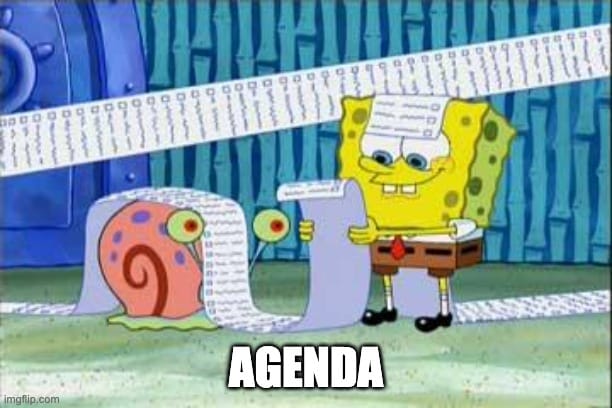
The painful reality is that most marketers face the same recurring problems. They try cramming 10 topics into 45 minutes, leaving audiences overwhelmed and confused. They guess timing allocations, resulting in rushed demos and abandoned Q&As. Their agenda items work perfectly live but fail completely for the replays. They use identical templates for product demos and thought leadership sessions, diluting their message. And when multiple speakers are involved, transitions become awkward moments that scream "amateur hour" to your target audience.
These aren't minor inconveniences – they're conversion killers that waste thousands in production costs and lost opportunities. The good news? Every single one is preventable with a properly crafted webinar planning template. And with over 60 million webinars expected to be hosted worldwide in 2025, it's clearer than ever that getting your webinar agenda right is essential, not optional. This guide reveals the exact framework top-performing companies use to create agendas that maintain strong attendance through completion and generate significantly more qualified leads. You'll learn how to structure your webinar event for both live and replay success, optimize timing for different formats, and avoid the common mistakes that sabotage even well-intentioned presentations.
What is a webinar agenda? understanding the foundation of successful virtual events
A webinar agenda is more than a simple schedule. It's a strategic document that outlines your entire webinar event, including timing, topics, speakers, and interactive elements. Your target audience uses this agenda to decide whether your webinar is worth their time.
The best agendas serve multiple purposes. They set expectations, maintain pacing, and provide a reference point during the presentation. When done right, your agenda becomes a conversion tool that transforms registrants into engaged participants and eventually into customers.
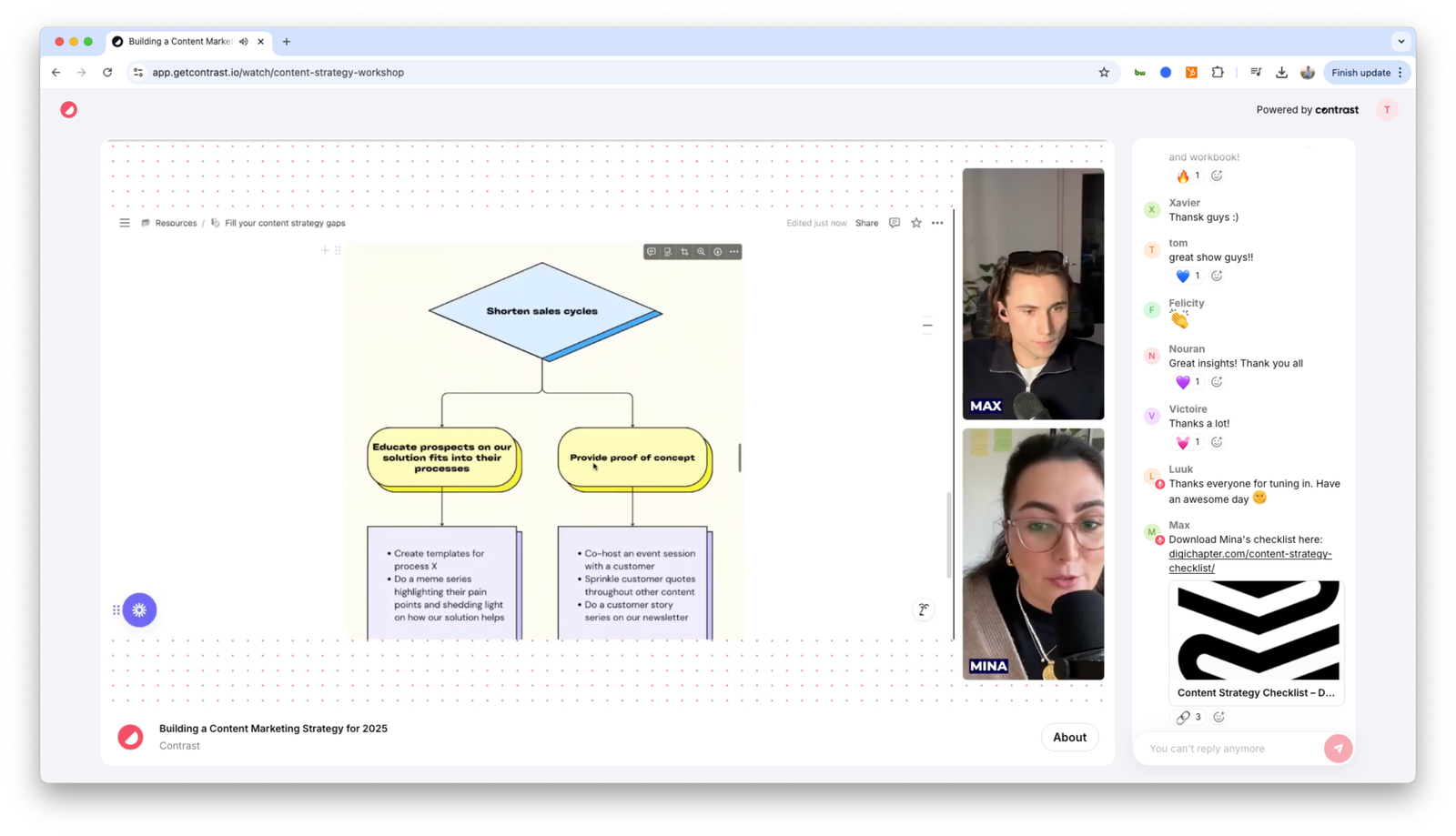
Defining a webinar agenda: your structured outline for maximum impact
Every successful webinar starts with a clear agenda that maps out the journey you'll take your audience on. This isn't just about listing topics; it's about creating a logical flow that builds momentum throughout your presentation. Your webinar content should follow a deliberate sequence that makes complex information digestible.
Your agenda acts as a contract with your audience. You're promising specific value at specific times, and meeting these promises builds trust. Share your sample agenda during registration, reference it at the beginning of your webinar, and use it to transition between sections. This transparency helps attendees follow along and reduces anxiety about time commitment.
Webinar agenda vs meeting agenda: key differences and when to use each
Webinar agendas and meeting agendas serve different purposes and require different approaches. A meeting agenda facilitates discussion among participants, while a webinar agenda is a performance blueprint. Your webinar format is typically one-to-many, with limited audience participation requiring tighter structure and more precise timing.
The key difference lies in audience expectations. Meeting participants expect to contribute; webinar attendees expect to learn. Your agenda must deliver educational value while maintaining engagement through strategic interaction points. While meetings solve internal problems, webinars address market challenges and build brand awareness.
Core components: from webinar objective to topics to be covered
Every effective agenda contains five essential elements. First, your primary objective – the one key takeaway you want attendees to remember. Second, your main topics in logical sequence where each builds upon the previous one. Third, transition bridges that connect sections smoothly. Fourth, interaction schedules placing polls or Q&A every 7-10 minutes. Fifth, your CTA architecture with micro-commitments throughout leading to the final conversion. To emphasize its impact, note that 73 % of B2B marketers rate webinars as their top source of high‑quality leads.
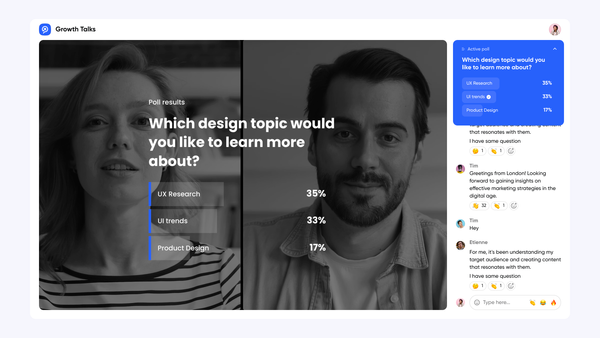
Include practical details like webinar location information (platform and access links), moderator introductions, and housekeeping items. Specify when you'll take questions, conduct polls, or share resources. These visual elements and interactive moments are crucial for maintaining engagement. Your webinar planning template should account for all these variables from the start.
How to create a webinar agenda that drives results: the step-by-step method
Creating an effective agenda requires systematic planning. You need to align your content with business goals while ensuring your target audience finds value in every minute. Start early and involve all stakeholders – your agenda influences promotion, registration, and follow-up activities.
Give yourself at least four weeks to develop, refine, and finalize your agenda. This isn't procrastination; it's strategic planning that separates professional webinars from amateur attempts.
Define webinar goals: aligning your agenda with business objectives
Begin by identifying your primary business objective. Are you generating leads, nurturing prospects, onboarding customers, or establishing thought leadership? Each goal requires a different agenda structure and content emphasis. Write down specific, measurable outcomes like "have 30% of attendees book a demo within 48 hours."
For lead generation, your agenda should build trust for 40%, demonstrate value for 40%, and sell for 20%. For customer onboarding, flip the ratio with 70% education and 30% inspiration. Your webinar registration page should reflect these goals to attract the right audience. Consider your sales cycle stage – early prospects need education while late-stage prospects want implementation details.
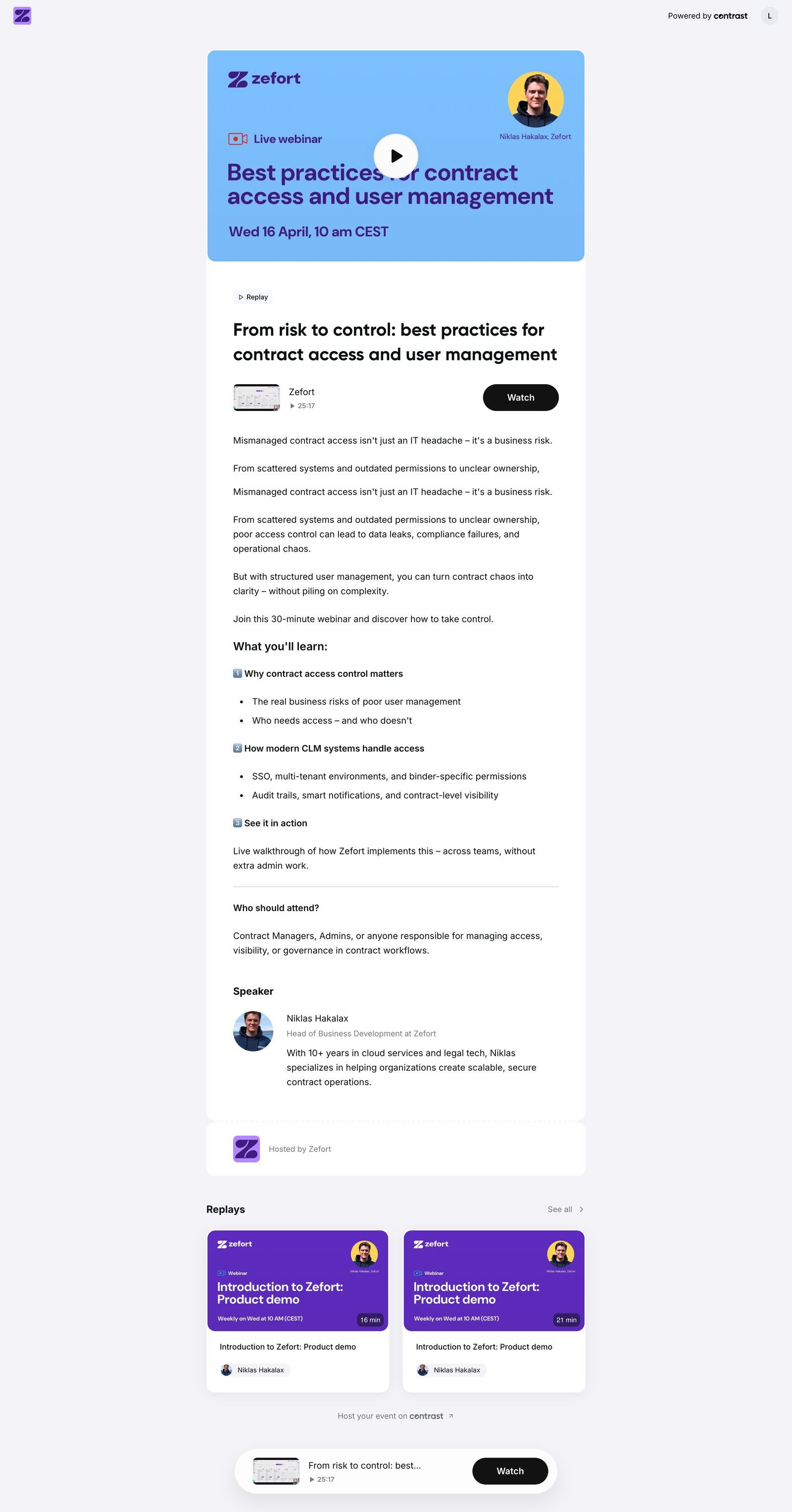
Choose a topic that resonates: how many topics should you cover?
Several studies suggest that most audiences retain only a few key points from any presentation. Structure your agenda around one central theme with three supporting topics. This approach is easy to follow and ensures your message sticks.
Select topics based on audience research, not assumptions. Use webinar survey data and customer interviews to identify real pain points. Resist covering everything – depth beats breadth. If a topic needs more than 15 minutes to explain properly, it deserves its own webinar. Your webinar planning checklist should include topic prioritization based on audience value.
Plan key takeaways: optimal timing and structure
Different content types require different pacing. Technical demonstrations need 1-2 slides per minute, allowing viewers to absorb complex information. Your webinar software demonstrations especially need this slower pace. Story-driven content can move at 3-4 slides per minute since narratives create natural engagement.
Consider your audience's workday when planning duration. B2B audiences typically engage for 45-60 minutes, while B2C prefers 30-minute sessions. Tuesday through Thursday at 2 PM generates highest attendance for B2B webinars, though industry variations exist. Account for time zones when scheduling and consider offering multiple sessions for global audiences.
What should be included in a webinar agenda? essential elements for success
A complete agenda includes both content and logistical elements. Start with the basics but don't stop there – every component should serve a purpose in your overall webinar strategy.
Beyond date and time, your agenda should paint a complete picture of the webinar experience. Attendees should know exactly what to expect and how to prepare for maximum value.
The non-negotiables: date, time, location, and moderator information
Display your date and time prominently with multiple timezone conversions. Your webinar location should include platform details, system requirements, and backup access methods. Include moderator credentials that build credibility – brief bios with relevant accomplishments and LinkedIn profiles for validation.
Provide clear technical requirements including browser compatibility and internet connection speeds. Include links to platform tutorials for first-time users. Technical preparation prevents day-of disasters and ensures smooth attendance. Your webinar platform choice should align with your agenda requirements and audience preferences.
Practical timing breakdown: how long should each section really be?
You have three minutes for introductions – hook attention, establish credibility, preview value. Skip lengthy company histories and focus on relevance. Main content should be structured in 7-10 minute segments, respecting natural attention cycles. Each segment should deliver one complete idea before transitioning.
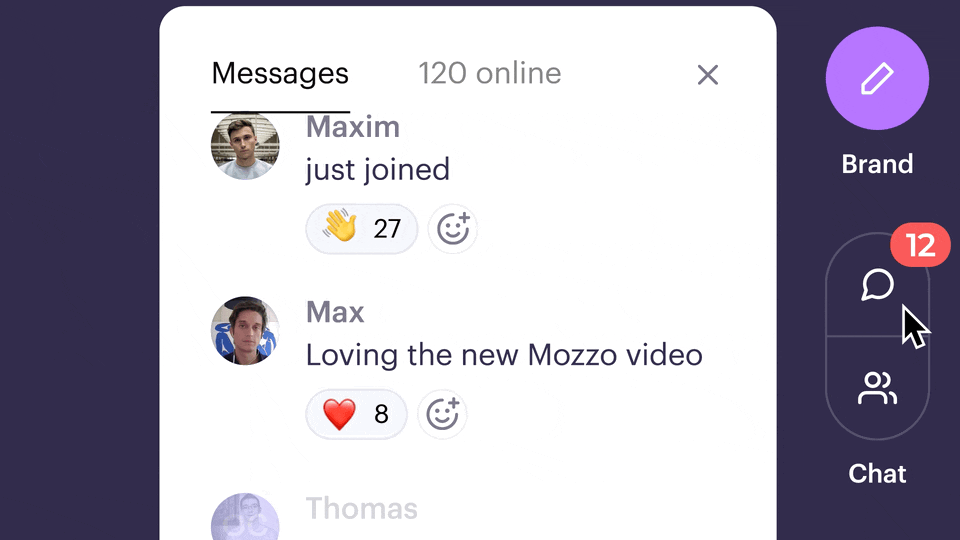
For Q&A, allocate 5 minutes base plus 1 minute per 10 attendees. Structure Q&A to maximize value – start with pre-submitted questions to ensure momentum, group similar questions together, and save specific queries for follow-up. Your webinar survey can capture additional questions for post-event response.
Managing no-shows: building your agenda for live and replay audiences
Accept that 40-50% of registrants won't attend live. Design your agenda for both audiences by avoiding time-specific references and creating natural entry points every 10 minutes. These recaps allow replay viewers to join mid-stream without feeling lost.
Maintain energy regardless of attendance numbers. Replay and on demand viewers can sense low energy and will disengage quickly. Your post event follow up should include timestamps for easy navigation, transforming hour-long recordings into scannable resources.
Webinar agenda templates by industry and business objective
Different industries have distinct expectations. Your agenda should reflect industry norms while standing out through superior organization. Let's examine two critical templates that cover most B2B scenarios.
Saas and technology: demo-heavy agendas with technical deep dives
Technology audiences expect hands-on demonstrations. Allocate 40-50% of your time to showing actual product functionality. Structure demos around specific use cases showing complete workflows from problem to solution. Include common mistakes and troubleshooting to build confidence.
Build in time for technical questions about integration, security, and scalability. Reserve 20% of your agenda for technical Q&A. Your clickup event examples should mirror real-world usage. Technical buyers appreciate honesty about limitations alongside capabilities.
B2b enterprise vs smb: adjusting complexity and decision-maker focus
Enterprise webinars address multiple stakeholders simultaneously. Your agenda must speak to varied priorities – include sections for technical evaluation, financial justification, and implementation planning. Enterprise agendas should facilitate internal selling with ROI calculators and business case templates.
SMB audiences need faster value delivery. Get to practical value within five minutes with agendas 30% shorter and 50% more actionable. Focus on immediate implementation with clear first steps. Your landing page should reflect these different approaches to attract the right audience segment.
How to engage audience during a webinar: interactive elements that convert
Engagement isn't optional in modern webinars. Passive viewing leads to early exits and poor conversion rates. Your agenda must incorporate strategic interaction points that maintain attention and drive action.
Plan interactions as carefully as content. Use polls to segment your audience, chats to gauge understanding, and Q&A to address objections. Reset engagement every 10 minutes through pattern interrupts that re-energize focus.
Creating engaging content: the 10-minute attention reset rule
Vary your reset techniques throughout the presentation. Start with simple polls, escalate to demonstrations, and culminate with interactive exercises. This progression maintains novelty while building momentum. Map energy levels throughout your agenda and plan your strongest engagement tactics for natural low points.
Minutes 25-35 in an hour-long webinar typically see attention drift. Counter this with your most compelling interaction or demonstration. Your visual elements should support these transitions seamlessly.
Audience engagement techniques: polls, pauses, and strategic pushes
Polls work best at transition points between major topics. Use results to customize remaining content: "Since 73% chose option A, let's focus there." Strategic pauses after key insights give audiences processing time. Push for commitment only after building trust – wait until minute 35-40 to make significant asks.
For panels and multiple speakers, allocate time explicitly: 40% prepared content, 30% discussion, 20% Q&A, 10% transitions. Define roles clearly with one person leading transitions while others focus on expertise areas. Your managed event strategy must include speaker coordination.
Common mistakes that kill webinar agendas (and how to avoid them)
Even experienced presenters make agenda mistakes that sabotage success. Understanding these pitfalls helps you create consistently engaging webinars. Most mistakes stem from misunderstanding audience needs – focusing on what you want to say rather than what audiences need to hear.
The opening trap: spending too long on introductions
Audiences decide within 30 seconds whether to stay engaged. Spending five minutes on company history wastes this crucial window. Move housekeeping to pre-webinar communications and reserve webinar time for value delivery. Establish credibility through value, not verbose credentials.
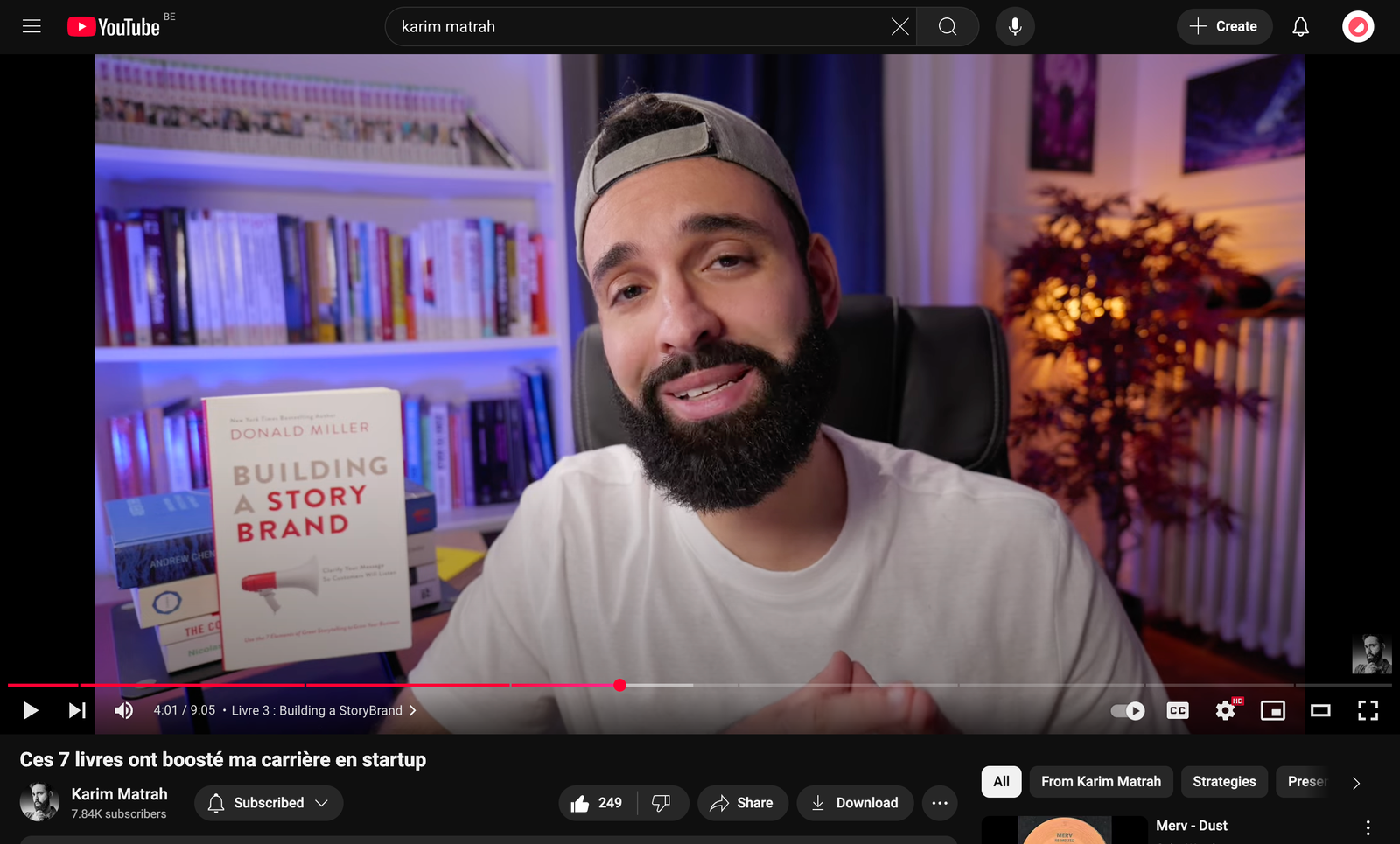
The density dilemma: cramming too much content
Information overload prevents learning and action. Choose three topics and explore them thoroughly rather than covering ten superficially. Test your density with a simple rule: Can someone explain each section to a colleague after watching? If not, you're moving too fast.
The transition trouble: dead air between segments
Every transition needs planned content, not just technical switching. Create scripts that connect sections logically: "Now that you understand the problem, let's explore solutions." Practice transitions as much as main content and have backup plans for every transition point.
The q&a chaos: unstructured question periods
Establish Q&A ground rules upfront: one question per person initially, follow-ups if time permits. Pre-seed with submitted questions to create momentum. Prioritize by universal relevance, answering broadly applicable questions first and deferring specific scenarios.
The technical time-sink: not planning buffer time
Build 15% buffer time into every agenda for inevitable technical issues. Create content for delays – relevant stories to share while resolving problems. Test everything twice and know exactly what to cut if issues consume buffer time. Your preparation should include backup systems and scripted recoveries for common failures.
Tips for planning a successful webinar: your complete timeline
Success requires systematic preparation over several weeks. Each phase builds toward flawless execution and maximum impact. Start planning at least four weeks before your webinar date.
Essential planning phases
Four weeks before: Lock your agenda structure, confirm speakers, and define success metrics. Your content outline should be 80% complete with flexibility for refinement. Begin creating promotional materials based on agenda highlights. Your clickup conference planning can track all preparations.
One week before: Freeze your agenda with no structural changes after this point. Send agenda previews to registrants highlighting can't-miss moments. Turn your agenda into FOMO fuel with specific value promises at exact timestamps.
Day of execution: Test all technology two hours before going live. Your agenda should be visible to all presenters as backup. Start recording before official start time and assign specific roles – someone monitors chat, another tracks time, a third manages technology.
Post-webinar content strategy
Your agenda becomes a content multiplication tool after the webinar. Extract individual sections as standalone assets – blog posts, social media content, email sequences. Create an interactive replay with clickable timestamps, turning hour-long recordings into scannable resources.

Analyze agenda effectiveness through metrics. Which sections saw the highest engagement? Where did people drop off? Use this data to refine future agendas and continuously improve your webinar performance.
Conclusion
A well-crafted webinar agenda transforms good content into great experiences. Every minute you invest in agenda planning returns exponentially in audience engagement and conversion rates. Your agenda is more than a schedule – it's a promise to your audience's time and a tool for achieving business objectives.
The frameworks and strategies in this guide are based on thousands of successful webinars across industries. Your next webinar doesn't have to be a gamble. With the right agenda, you're guaranteed to deliver value that resonates with your target audience.
Start planning your next webinar with intention and structure. With the virtual events industry projected to soar over $1 trillion by 2032, your webinar agenda isn’t just a tool, it’s a strategic asset.Your audience is waiting for organized, valuable content that respects their time and delivers on its promises. Make your agenda count, and watch your webinar metrics soar.
Want to see what a well-structured agenda looks like in action? Book a demo and experience how Contrast makes it easy to run high-impact webinars that engage audiences and drive results.”

